“U.S. Steps Back” — ESTA Holders Allowed Same Activities as B-1 Visa, Dedicated Korean Investor Desk to Be Established
Input
Modified
Ministry of Foreign Affairs: “Reconfirmation that ESTA holders may engage in same activities as B-1 visa holders” Dedicated “Investor Desk” to be set up at U.S. Embassy in Seoul Reflects heightened U.S. attention to the issue
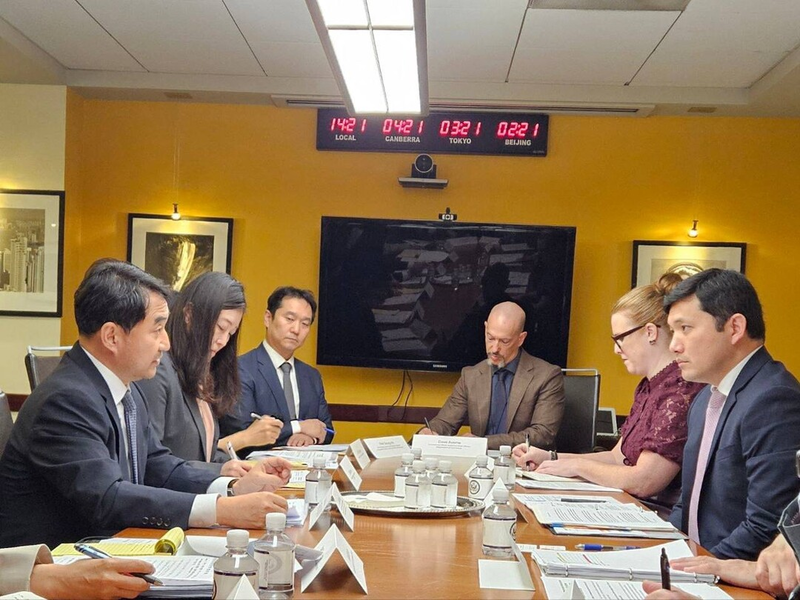
The United States reaffirmed that travelers under the Electronic System for Travel Authorization (ESTA) may engage in the same activities permitted under the short-term business (B-1) visa, and pledged to formally notify the public of this through its official channels. In addition, a dedicated desk—tentatively named the “Korean Investor Desk”—will be established at the U.S. Embassy in Seoul to ensure that Korean companies investing in the U.S. do not encounter difficulties due to visa issues. The move comes in response to the recent “Georgia detention incident,” in which more than 300 South Korean nationals were held for a week in U.S. immigration detention facilities, and is intended to prevent a recurrence. For South Korean firms investing in the United States, this amounts to a swift resolution of a pressing visa crisis.
U.S. State Department Emphasizes Pivotal Role of Korean Workforce
On September 30, the Ministry of Foreign Affairs announced in a press release that the two governments had reached these agreements during the working group’s first meeting. The session clarified that activities related to overseas equipment purchased in the course of U.S. investment—namely installation, servicing, and repair—are permitted under the B-1 visa, and reaffirmed that ESTA holders are equally eligible to perform such functions. Many of the Koreans detained at the Hyundai Motor–LG Energy Solution joint battery plant in Georgia earlier this month held B-1/B-2 visas (short-term business/tourist) or ESTA approval, yet were detained regardless. The U.S. commitment is thus interpreted as an explicit attempt to prevent similar cases.
The Ministry further explained that, following Seoul’s proposal, the two governments agreed to establish direct lines of contact between Korean diplomatic missions in the U.S. and U.S. immigration enforcement agencies—including ICE and CBP offices—to strengthen cooperation. While South Korea urged more fundamental reform beyond these stopgap measures, Washington acknowledged that legislative constraints make systemic changes difficult, but pledged to continue reviewing possible avenues.
Ahead of Seoul’s announcement, the U.S. State Department also released a statement, highlighting remarks by Deputy Secretary of State Christopher Landau, who stressed that South Korea is “one of America’s leading investors.” The Department emphasized that Landau reaffirmed Washington’s commitment to welcoming and encouraging Korean investment, underscoring the critical role of skilled labor in ensuring its success. His participation, as the department’s second-highest official, was taken as a sign of strong U.S. interest in the issue.
The Department added that representatives from multiple U.S. agencies attended the meeting, demonstrating broad governmental commitment. It reiterated that “the United States strongly supports investments that drive America’s industrial revitalization, strengthen the Korea-U.S. alliance, and advance shared prosperity,” adding that Washington will continue to work closely with its ally to process appropriate visas for qualified Korean visitors under U.S. law, thereby supporting bilateral trade and investment partnerships.
AmCham Calls for Korea-Specific U.S. Professional Visa
The bilateral agreement followed mounting calls for the creation of a Korea-specific professional visa in the wake of the Georgia incident. On September 29, attorney Jung Man-seok of Dayang Immigration Law Firm told a U.S. Chamber of Commerce in Korea (AmCham) seminar in Seoul that “with Korean investment in the U.S. at a historic peak, now is the time for action,” urging support for passage of the “Partner with Korea Act,” a bill currently before Congress. The legislation would create an E-4 visa allocating an annual quota of 15,000 exclusively for Korean professionals. Despite being repeatedly introduced since 2013, it has consistently lapsed without gaining traction.
Jung argued that existing legal visa categories—including H-1B (specialty occupation), H-2B (temporary non-agricultural), L-1 (intra-company transferee), and E-2 (investor)—are overly restrictive, while B-1 and ESTA are merely stopgap measures. He criticized the current framework as forcing companies into quasi-legal workarounds, calling it the system’s most serious flaw. He stressed that the Partner with Korea Act would reinforce U.S. employment and supply chains while deepening the alliance.
However, he conceded that passage requires not only executive branch support but also full congressional backing. As interim measures, he urged Seoul to press Washington for flexible visa reviews for major projects such as semiconductor and battery plants, and for broader recognition of short-term technical support under B-1 visas—changes that could be implemented through administrative guidance without new legislation.
He also advised Korean firms to diversify visa applications by role and adapt their subcontracting models, noting that U.S. immigration law requires direct employer-employee relationships for visas. “In Korea, subcontracting is routine in large-scale manufacturing projects,” he said. “But in the U.S., local subsidiaries must be registered as the direct employer to obtain visas for subcontracted personnel.”
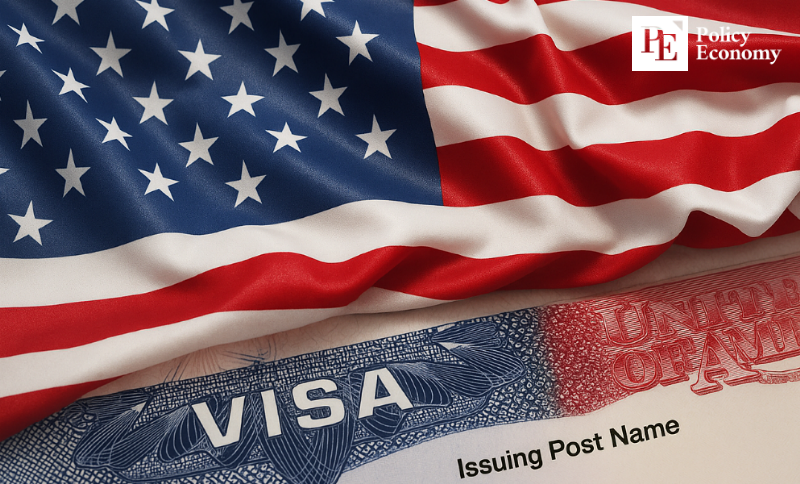
Companies Relieved as “Immediate Crisis Resolved”
With both governments reaffirming that ESTA and B-1 visas permit installation and maintenance work in the U.S., South Korean firms expressed relief, viewing the move as extinguishing an immediate fire. In particular, battery-sector companies expect subcontractors to gain more leeway. Though regulations already permitted use of both ESTA and B-1 for business travel, many firms had refrained from relying on ESTA since the start of Donald Trump’s second term, citing the need for caution. Following the new agreement, subcontractors now expect smoother dispatch of personnel.
An industry insider noted that “outside the three major battery firms affiliated with Korea’s top four conglomerates, securing visas has been extremely difficult,” adding that their smaller partners will now find it easier to send staff. Another source observed that “many subcontractors in battery equipment and facilities have relied heavily on ESTA. Since their expertise is vital to construction projects, this will greatly facilitate business operations in the U.S.”
South Korea’s shipbuilding industry—anticipating large-scale labor deployments under the “MASGA” (Make American Shipbuilding Great Again) initiative—also welcomed the development. “If MASGA moves forward, expanding U.S. shipyards will require substantial Korean workforce dispatch,” one industry source explained. “Uncertainty remains, but if visa issues are resolved, shipbuilders will face far less burden in sending workers.”


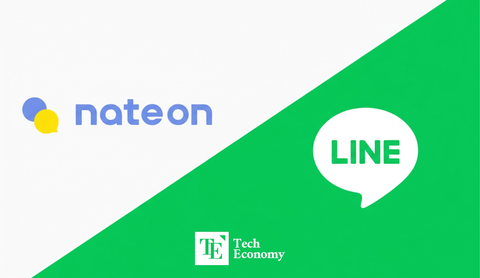
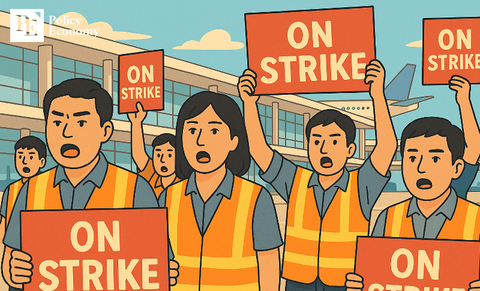
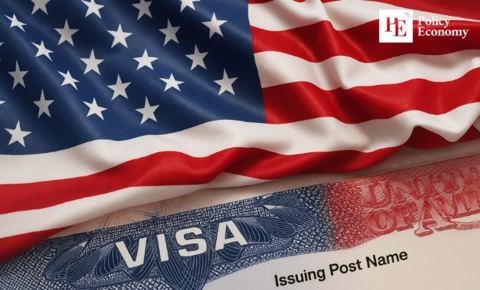

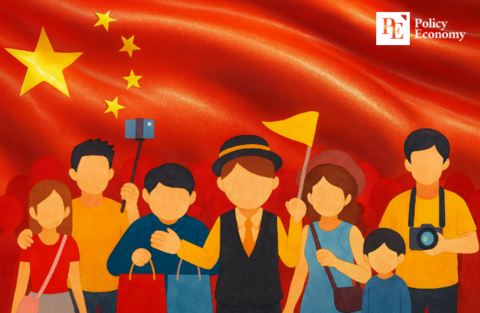
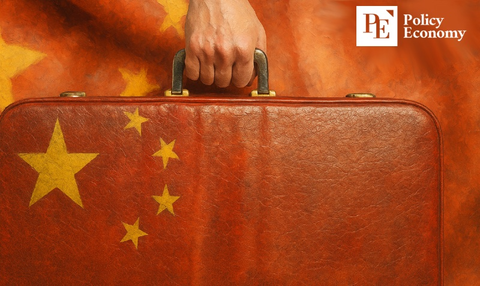
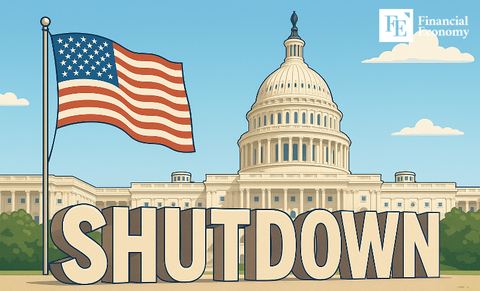
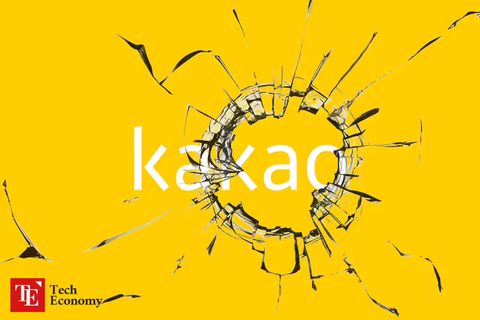












Comment